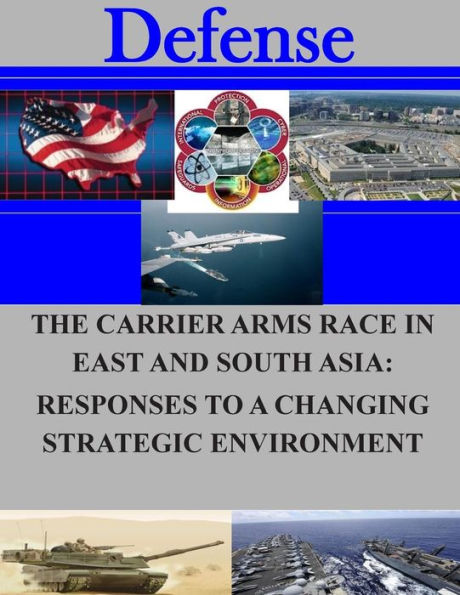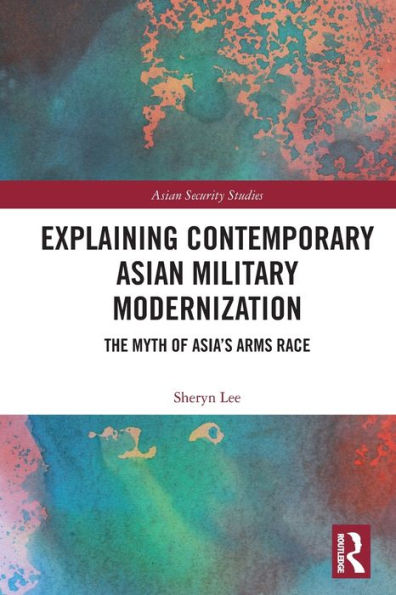Home
The Carrier Arms Race in East and South Asia: Responses to a Changing Strategic Environment
Barnes and Noble
The Carrier Arms Race in East and South Asia: Responses to a Changing Strategic Environment
Current price: $16.95


Barnes and Noble
The Carrier Arms Race in East and South Asia: Responses to a Changing Strategic Environment
Current price: $16.95
Size: OS
Loading Inventory...
*Product information may vary - to confirm product availability, pricing, shipping and return information please contact Barnes and Noble
Asian carrier navies do not suffer from the technocratic tendencies that afflict the United States. Each carrier program examined by this book is designed to meet specific strategic problems. China's intentions remain largely obscured leading to a fair amount of speculation concerning the role of People's Liberation Army Navy carriers. China's involvement in regional maritime territorial disputes and its strategic interpretation of Western Pacific geographysuggest that any investment in naval power projection instruments will support a desire for operational freedom of action within the First Island Chain. India recognized the utility of strike carriers early in its post-colonial history andrecently articulated its intention to achieve regional manifest destiny in the face of increasing naval competition from China. India's vision suffers from some of the same diffuseness of the U.S. model that it attempts to emulate but issimultaneously easier to manage because of its smaller scope and acknowledged adversaries. Japan's gradual revival as a regional military power may have been inevitable in the absence of the Soviet threat and the U.S. regional engagement that accompanied it, but China's increasingly assertive actions over island territories has accelerated the Japanese Maritime Self-Defense Force's development into a limited power projection force. Finally, South Korea-while not yet committed to fixed-wing carrier acquisition-is likely exploring options for managing its precarious position between North Korea, China, and Japan.

















